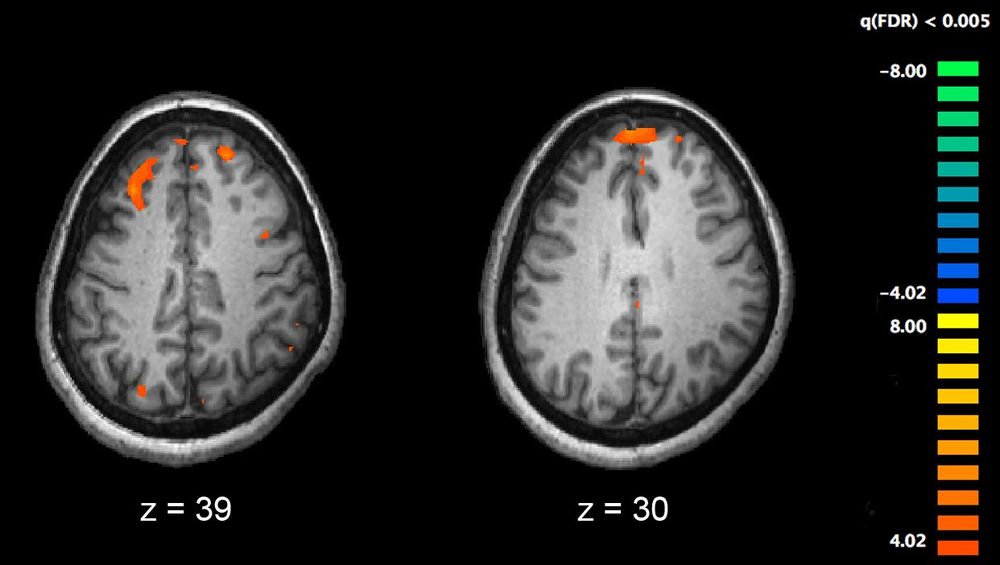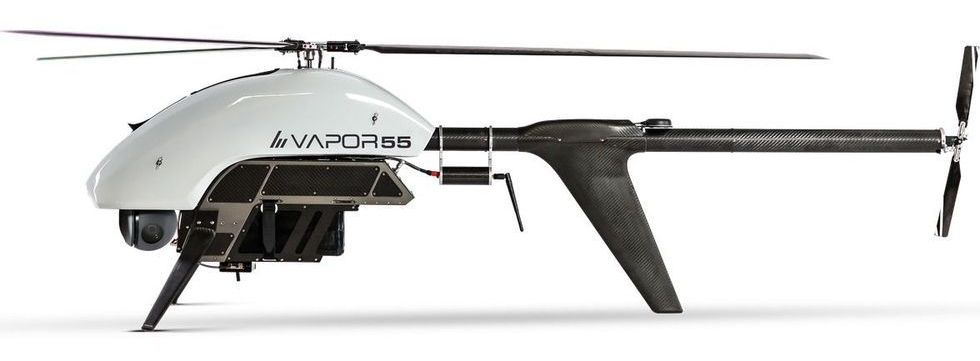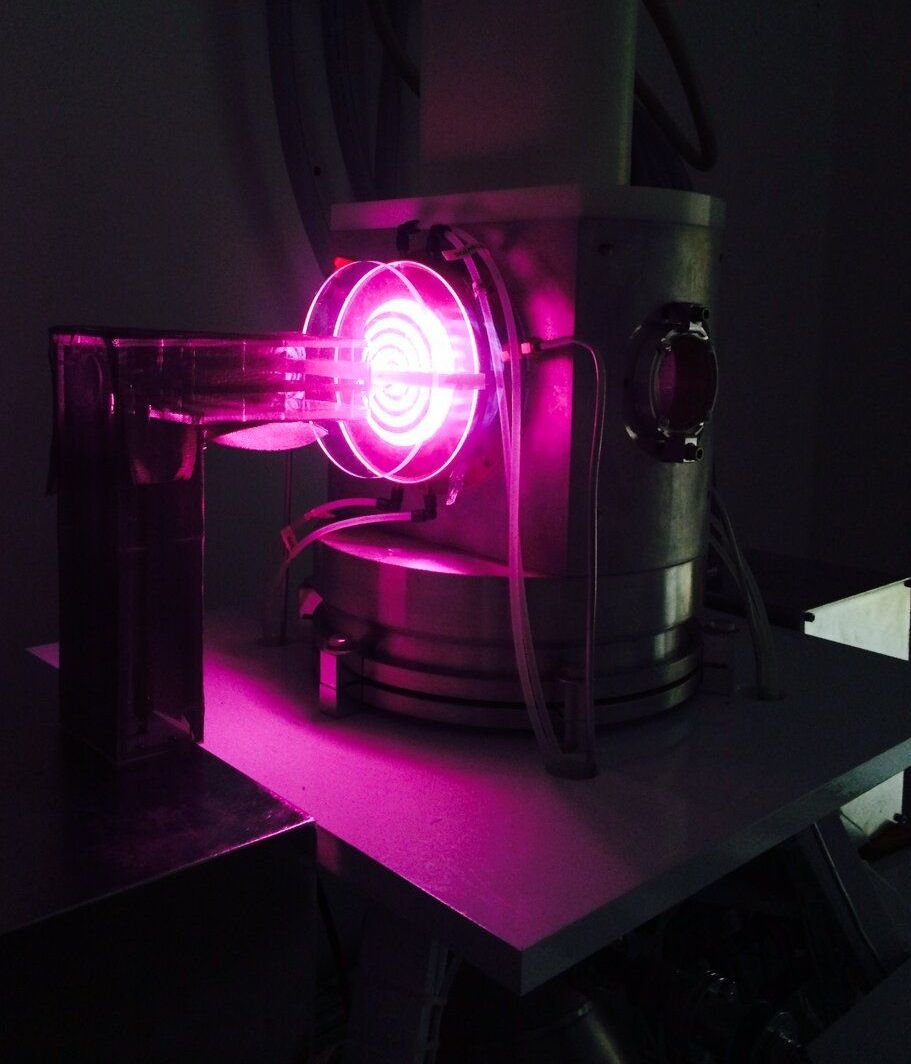The fact that ISRO managed to place it there is an enormously laudable feat, and act of technical wizardry so immediately rewarding that it almost doesn’t matter that Vikram toppled over and went silent. It is, of course, hugely disappointing that Vikram looks to be unrecoverable. The science it and its Pragyan rover could have carried out in one of the geologically strangest and increasingly strategic parts of the Moon would have been a thrill to see. But, you know, space is hard.
India’s lunar lander and rover may not be recoverable, but the mission managed to successfully deploy an eye in the Moon’s airless skies, one that will conduct up to seven years of groundbreaking interplanetary science.
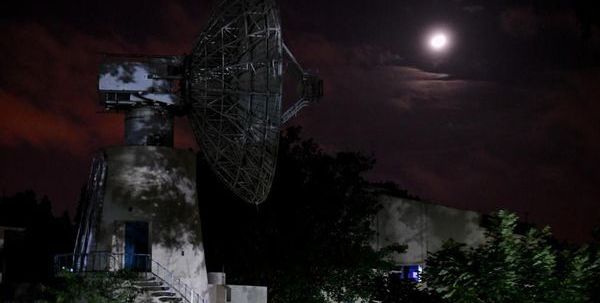



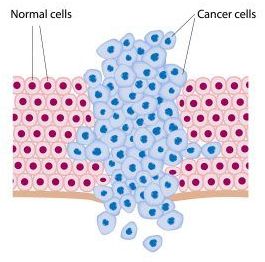 Malignant tumors release cells into a patient’s blood, meaning that researchers could detect the presence of cancer through a blood sample. The problem is that the cancerous cells enter the bloodstream and circulate so quickly that they may not appear in one single blood sample. This issue is what sparked Dr. Hayes and his team to develop a device that actually searches for the cancerous cells.
Malignant tumors release cells into a patient’s blood, meaning that researchers could detect the presence of cancer through a blood sample. The problem is that the cancerous cells enter the bloodstream and circulate so quickly that they may not appear in one single blood sample. This issue is what sparked Dr. Hayes and his team to develop a device that actually searches for the cancerous cells.